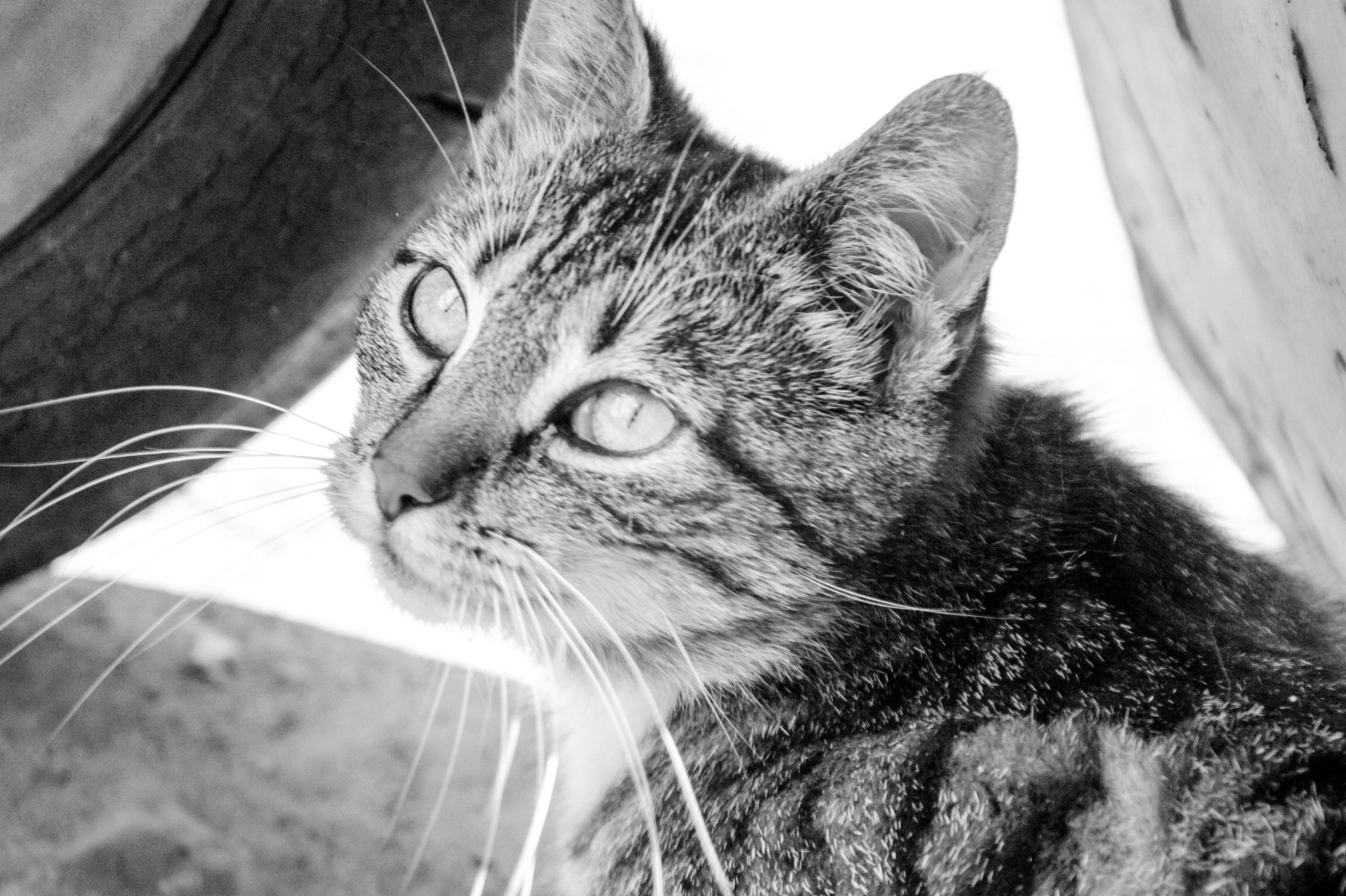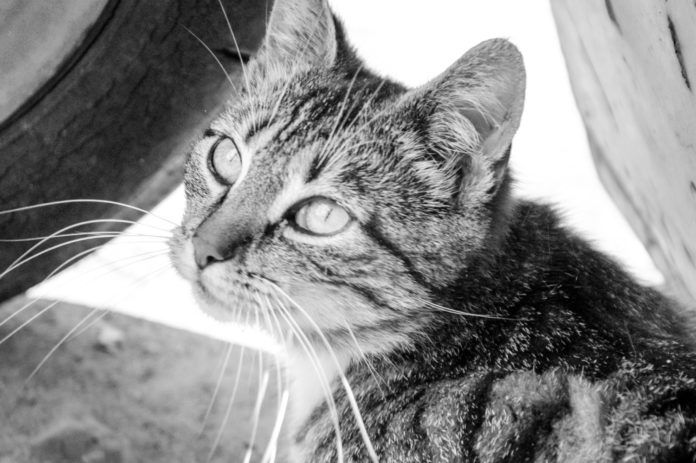Thinkstock


For the past month or so, a stray cat has shown up on your back porch at about the same time each day. She meows eagerly until you step outside and place a small bowl of food in front of her, which she eagerly polishes off and, after tidily licking her paws, leaps from your porch and disappears into the surrounding wilderness. You’ve become attached to this cat, and you fear that she may be gone forever. But the next day rolls around, and here she comes again.
The cat seems to like being petted, and it occurs to you that she might do very well if she were invited into your home, where she could reside permanently, survive periods of cold, rainy weather — and be spared the countless hazards that persistently threaten the lives of outdoor cats. Without the risks of being hit by a car, of territorial disputes with other animals, of exposure to infectious disease and poisonous plants, the cat’s lifespan is sure to be considerably extended. According to Nicole Cottam, MS, behavior service coordinator at the Cummings School, stray and feral cats typically live to the age of four or so, while cats that have spent their entire lives indoors can thrive happily for 15 years or more.
Prepare a safe room
Before you invite the cat into your home, there are a few things you should do in advance to protect her from harm indoors. According to Ms. Cottam, you should create a special little area that, at least initially, will serve as the cat’s designated domain — a small, unused bedroom, for example, or a spare bathroom. Equip the room with a litter box, food and water bowls, and perhaps a scratching post that will help satisfy her need to claw.
You should also remove all poisonous plants — such as tulips and lilies — or at least reposition them in areas of your home where they will be inaccessible to her (if you are unsure, check out www.aspca.org/pet-care/poison-control/plant-list-cats). You should also remove any breakable objects from shelves and store them safely in places where your family’s new companion can’t get at them.
You are then ready to invite the cat into your home. You might welcome the animal indoors by placing a food bowl in a hallway, which will serve to lure her inside, after which you quietly close the door behind her. (In some cases, you might be able to get her inside by simply picking her up and carrying her.) And then you put her in her room — especially important if you have other pets in your home.
Now it’s time to take steps to make sure that the cat is indeed a stray. Given that the cat is not wearing an ID tag around her neck, examine her to see whether she has a tattoo on an inner leg or on one of her ears that will tell you that the animal is registered and belongs to another family. If she’s not tattooed, it’s likely that she belongs to nobody other than you and your family. Just to be certain, however, you may want to tack-up notices in your neighborhood that describe her and ask whether anyone is missing an animal that fits her description.
A vet check is essential
Once you’re sure that the cat is going to be yours forever, says Ms. Cottam, it is vitally important that she be taken (use a cat carrier for safety) for a thorough physical exam by a veterinarian to determine the status of her overall health. It is likely that the veterinarian will be unable to determine whether she has been properly vaccinated, in which case the essential vaccines will be administered; foremost among these, of course, will be the vaccine to protect against rabies infection, which tends to be especially prevalent among cats that have spent all of their lives in the outdoors. If it appears that the animal is sexually intact, the veterinarian is also likely to recommend a neutering procedure.
Back home and certifiably healthy, the cat should continue to live in its sequestered area until it seems adequately calm and ready to emerge beyond it, which, says Ms. Cottam, could take a few days or perhaps a few weeks. At this point, her litter box, scratching post and food and water bowls should be placed in areas where they can be easily found.


“If you’re patient,” she says, “the cat will acclimate herself and will enjoy being indoors. Once she has adapted to living in your home, she may never want to go back outdoors. She may actually be afraid to leave the house.” Nevertheless, Ms. Cottam adds, all exits should be blocked, either by closed doors or escape-proof gates. (See article on “feline introductions” in Catnip, January 2013.)
Once the cat has become fundamentally adjusted to life indoors, she will need to be properly fed, routinely exercised and entertained. By making both wet and dry food available to her, you’ll soon discover which she prefers. But be aware that she might be inclined to consume every bit of food in sight, so the amounts and timing of her meals should be managed so that she does not gain excessive weight. “You might start by giving her wet food twice a day, and leaving a few spoonfuls available that she can eat whenever she feels like it,” suggests Ms. Cottam.
Use environmental enrichment
Regarding exercise, she advises, “Schedule a half-hour or so each day for dedicated playtime so that she gets plenty of physical activity and doesn’t become bored.” A number of enticing cat toys are commercially available, she notes, that will engage the animal’s attention for minutes, if not hours, on end. And some cats will enjoy being fitted with a secure leash and taken outdoors for a stroll around the block.
Ms. Cottam also suggests providing a window perch — a resting place for the cat that is positioned in front of a window so that she can gaze out into the world that she has abandoned for the peace, comfort, and safety of her new home and her new life as an indoor-only cat. — Tom Ewing




